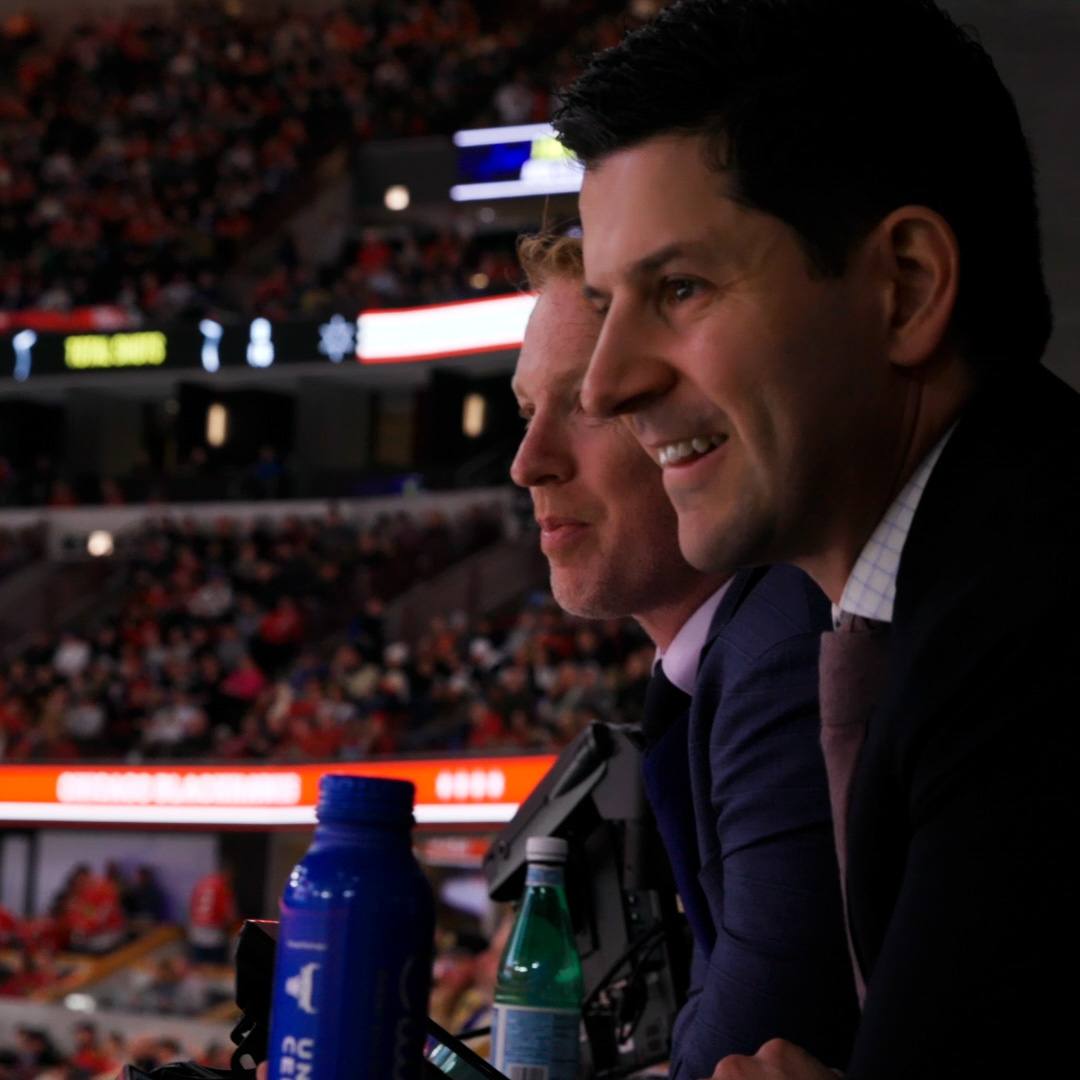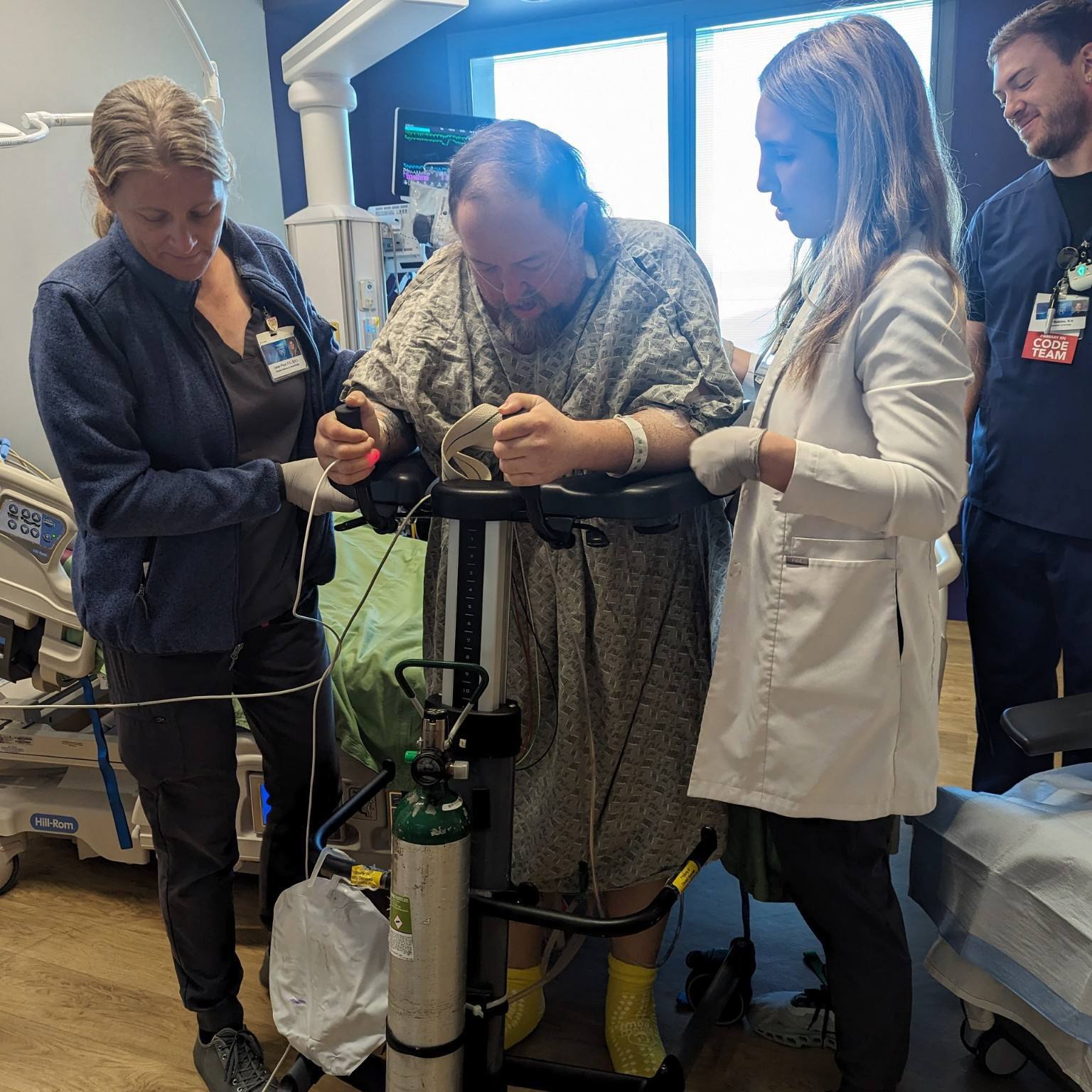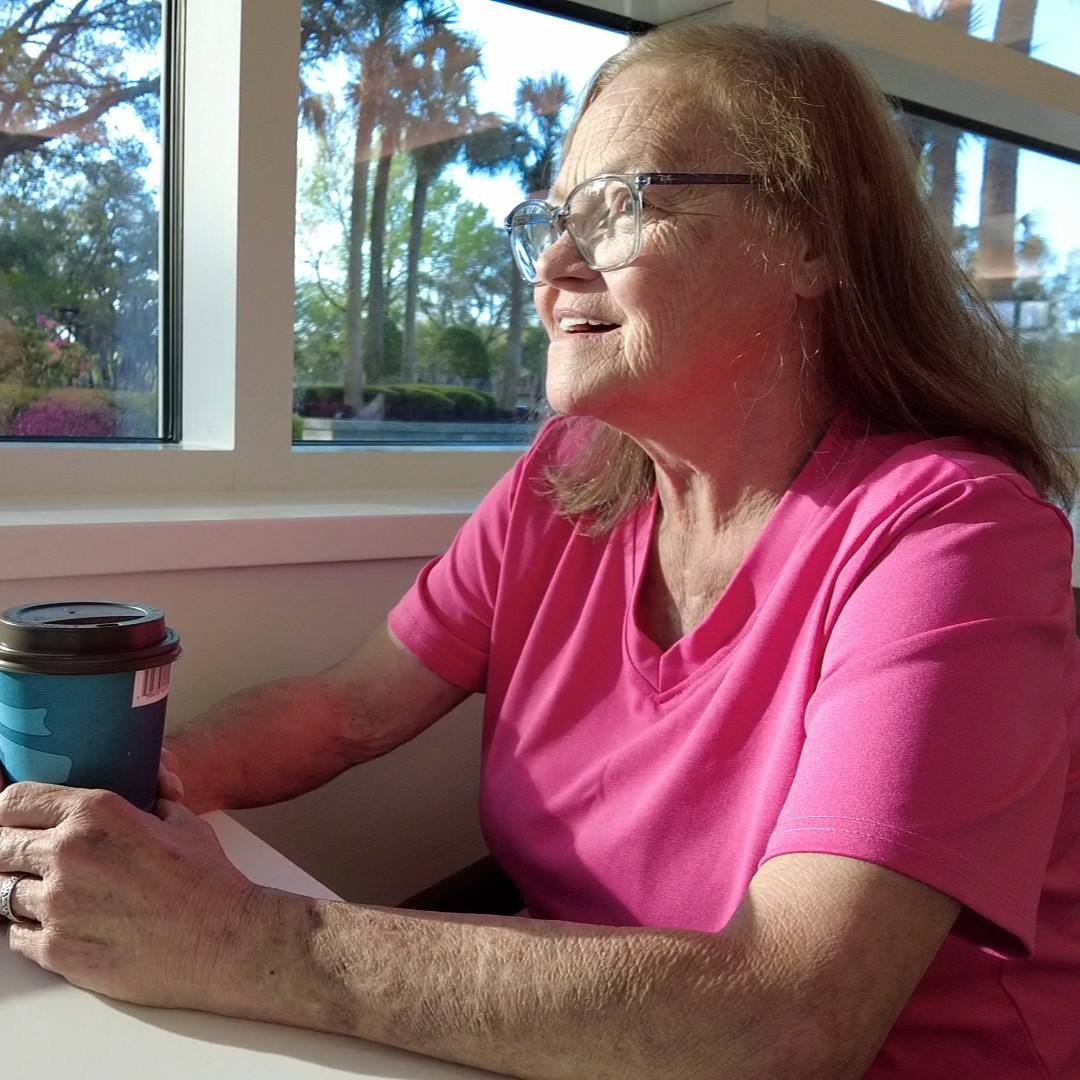 Austin Adamson, 19, was a day away from having heart surgery that would require a median sternotomy – “cracking open” the sternum (breastbone) to reach the heart – when he learned he was a candidate for a less-invasive procedure at Mayo Clinic.
Austin Adamson, 19, was a day away from having heart surgery that would require a median sternotomy – “cracking open” the sternum (breastbone) to reach the heart – when he learned he was a candidate for a less-invasive procedure at Mayo Clinic.
Adamson, who lives in Wilmer, Minn., had an atrial septal defect, a congenital heart condition in which a hole exists in the wall between the two upper heart chambers. The defect was detected in a routine pre-college physical exam. When listening to Adamson’s heart through a stethoscope, the physician heard a “whooshing” sound — a common sign of atrial septal defect. Over time, atrial septal defect would enlarge and weaken the right side of the heart.
Adamson had sought care and planned to have surgery at another medical center. Then a nurse acquaintance of his stepmother, Lisa Adamson, mentioned that Mayo Clinic offered a minimally invasive procedure. The family scheduled a consultation with Harold Burkhart, M.D., a cardiovascular surgeon at Mayo Clinic, who determined that Adamson was a good candidate for minimally invasive open heart surgery.
“The hole in Austin’s heart was quite large, requiring his heart to work much harder than normal,” says Dr. Burkhart. “Although he was not in immediate danger, his heart was enlarging and needed to be fixed sooner rather than later.”
Adamson was happy to learn the new surgery had a faster recovery.
“My parents and I trusted the doctors at Mayo Clinic, and they were confident this was a good choice for me,” he says. “I just wanted to play baseball over the summer.”
After completing final exams and the spring college baseball season at Northwestern College in Roseville, Minn., Adamson had surgery. The hole was repaired through an incision only 2.5 centimeters (1 inch) long. He spent three nights in the hospital.
Traditional open surgery with a sternotomy would have meant five nights in the hospital and four to six weeks of recovery. As it was, he went to a graduation party the day after he returned home from Mayo Clinic.
(This story comes to us from the Sharing Mayo Clinic print publication.)
Related Diseases
Related Departments
Related Articles







